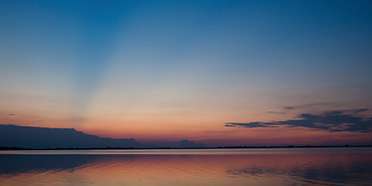
Safari Tours to Zambezi Region
-

13-Day Discover Namibia's North - Wetlands & Big 5 Safari
$4,226 pp (USD)
Namibia: Self-driveLodge & Guest House
You Visit: Windhoek (Start), Etosha NP, Eastern Etosha, Onguma GR, Kavango Region, Zambezi Region, Grootfontein (Town), Windhoek (End)

Viatu
5.0/5 – 42 Reviews
-
![12-Day Namibia, Chobe & Victoria Falls]()
12-Day Namibia, Chobe & Victoria Falls
$5,940 pp (USD)
Botswana, Namibia & Zimbabwe: Self-driveLodge
You Visit: Windhoek (Start), Okonjima NR, Eastern Etosha, Etosha NP, Zambezi Region, Chobe NP, Victoria Falls, Victoria Falls Airport (End)

Wayfairer Travel
4.9/5 – 149 Reviews
-
![7-Day Makgadikgadi Pans, Okavango Delta & Chobe Safari]()
7-Day Makgadikgadi Pans, Okavango Delta & Chobe Safari
$4,220 to $7,900 pp (USD)
Botswana & Namibia: Private tourLodge & Tented Bush Camp
You Visit: Maun (Start), Makgadikgadi Pans NP, Moremi GR (Okavango Delta), Zambezi Region, Chobe River, Kasane Airport (End)

Discover Africa Safaris
4.9/5 – 420 Reviews

 Namibia Parks
Namibia Parks











